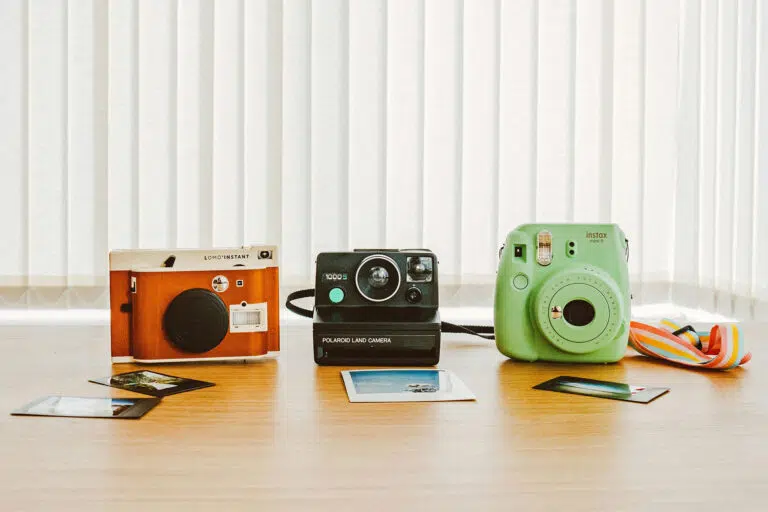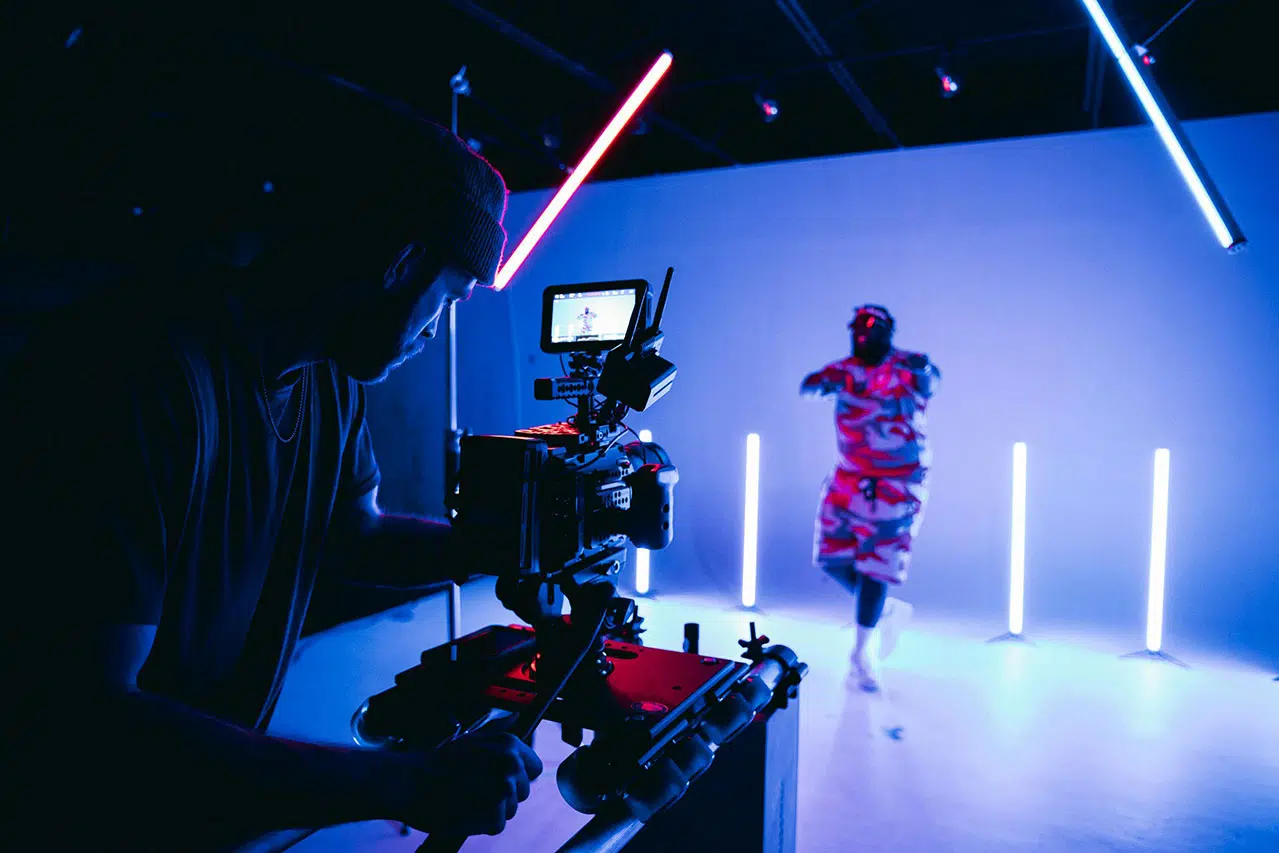These days, phones come equipped with 48MP cameras, numerous filters, and AI edits that can correct almost anything. So yeah, it might seem odd that people still love shooting with Polaroid film. But the moment you snap your first instant photo, it just makes sense. It’s not about getting the sharpest image or perfect exposure—it’s about the feeling.
There’s something kind of magical about pressing the shutter, hearing that little whir, and watching a photo slide out in real time. Then comes the wait—the slow reveal as the image develops right in your hand. No screens, no swipes—just a memory you can hold. That hands-on, old-school vibe is what makes Polaroid film stand out in a world that moves too fast.
So, is Polaroid film worth it in 2025? If you like your photography to feel more personal and less polished, absolutely. It makes you slow down, think about the moment, and enjoy the process. And that’s something you don’t get from tapping a phone screen.
What Makes Polaroid Film So Special?
There’s a certain magic to Polaroid film that’s hard to put into words until you see a photo develop in front of you. It’s not about technical perfection or razor-sharp detail—it’s about capturing a feeling. The charm lies in the imperfections. You get soft focus, unexpected color shifts, and sometimes even light leaks that give each shot its mood.
Where digital photos are often edited to look clean and polished, Polaroid film does the opposite. It embraces the flaws and gives you a raw, honest version of the moment. There’s no going back, no endless tweaking—just a single frame frozen in time. That kind of unpredictability is exactly what draws people in. Each photo is one-of-a-kind, and that makes every click of the shutter feel more meaningful.
Best Polaroid Film for Beginners

If you’re new to instant photography, starting with the right film makes a big difference. The best Polaroid film for beginners is i-Type Color film, designed specifically for Polaroid’s modern cameras like the Now, Now+, and Lab. It’s a bit more budget-friendly because it doesn’t come with a built-in battery like the older 600 film does. That means you get all the charm of instant prints without paying extra for the power your camera doesn’t need.
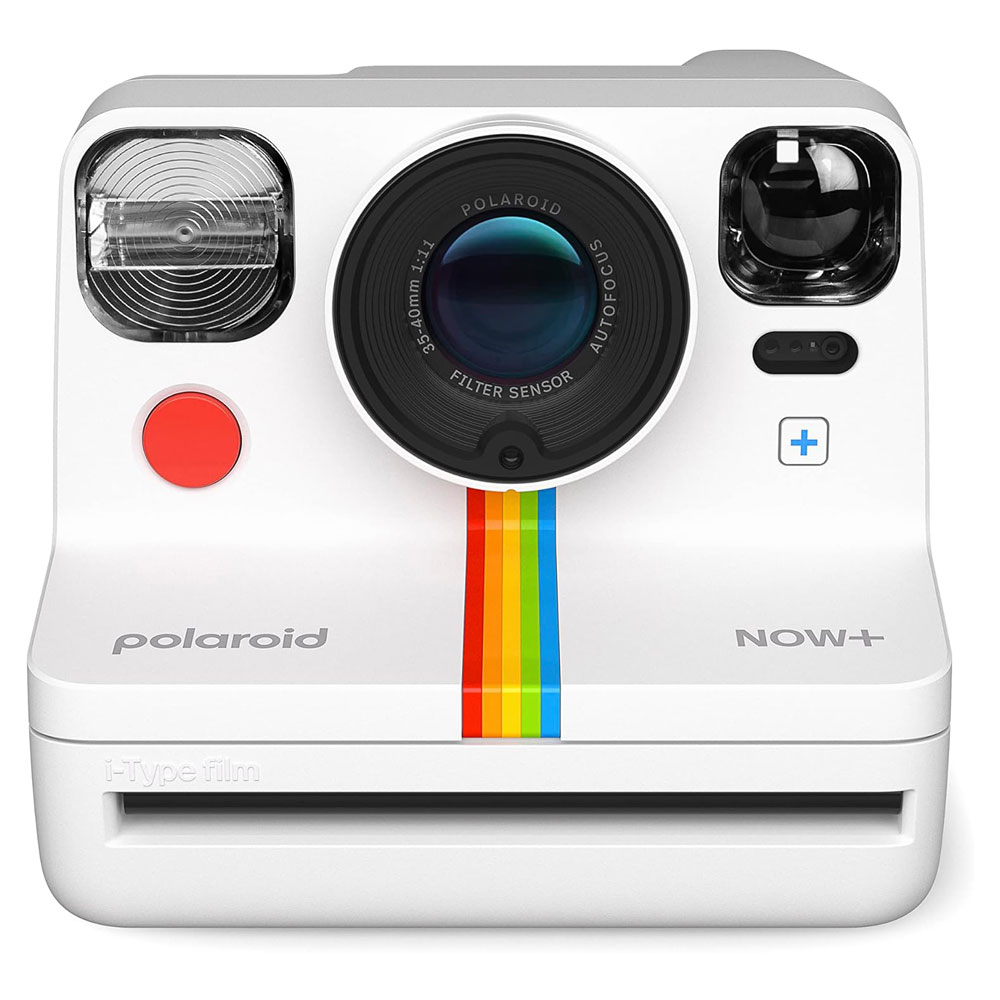
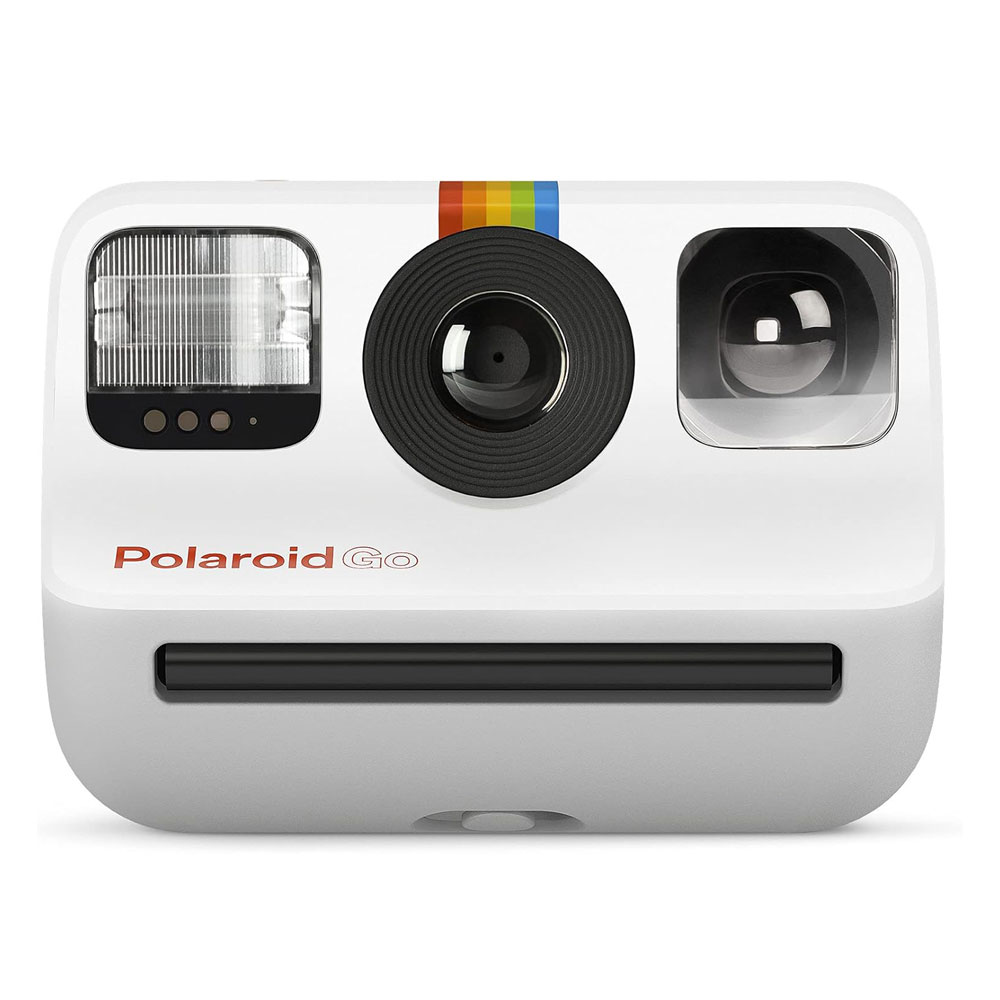
Pairing i-Type film with the Polaroid Now+ is a great way to dive in. The camera handles exposure and flash automatically, so you can focus on framing your shot and capturing the moment. The results? Bold, vibrant colors with that signature vintage look that Polaroid is known for. If you’re still deciding which camera fits your needs, check out our top Polaroid film cameras guide for more beginner-friendly picks.
If you’re looking for something even smaller and more portable, the Polaroid Go is a fun pick. It uses mini Polaroid film, which still gives you the classic instant photo vibe, just in a pocket-sized format. It’s a great choice for casual snapshots, travel, or everyday moments where you don’t want to carry a full-size camera. Whether you’re going big or going mini, both options make it super easy to start creating with Polaroid film.
How to Shoot with Polaroid Film
Shooting with Polaroid instant color film is refreshingly simple, but it does take a different mindset from using digital cameras. Since you only get eight shots per pack, every photo counts. That means you naturally slow down, pay more attention to the scene, and think twice before hitting the shutter. Polaroid film loves natural light, so if you’re outdoors, try to shoot during the day when the lighting is soft and even. If you’re indoors, don’t be shy about turning on lamps or using the built-in flash to brighten things up.
When taking the shot, make sure to keep the camera steady—motion blur is very real with instant film. You won’t get a second chance with the same exact scene, so hold still and let the camera do its thing. Once the print pops out, resist the urge to shake it. That old trick is a myth and can mess up the developing chemicals. Instead, let it sit flat and face down or tuck it gently into a pocket or bag while it develops. Light can affect the image while it’s processing, especially in the first few minutes.
The beauty of shooting with Polaroid film is in the intentionality. You’re not snapping dozens of shots hoping for one good one. You’re being present, framing the moment carefully, and waiting to see how it turns out. It’s photography at a slower, more meaningful pace—and in today’s fast-scrolling world, that’s a pretty nice change.
Is Polaroid Film Expensive?
Yes, Polaroid instant color film can be pricey compared to shooting digital, but the value goes beyond just the image itself. A single pack usually costs around $16 to $20 and gives you 8 exposures, so each shot costs roughly $2. That might sound steep, but part of the appeal is in the experience. You’re not just taking a photo—you’re slowing down, being intentional, and creating a one-of-a-kind physical print in real time.
If you’re planning to shoot often, it’s worth looking into where to buy Polaroid film online in bundles. Retailers like Amazon, B&H Photo, and Polaroid’s official site often offer 3-packs or 5-packs at a lower cost per shot. You might also find seasonal deals, free shipping offers, or exclusive colors that make the bundle more fun. Signing up for Polaroid’s email newsletter is another good way to catch flash sales and limited-edition drops before they sell out.
Polaroid Film vs Instant Digital Cameras
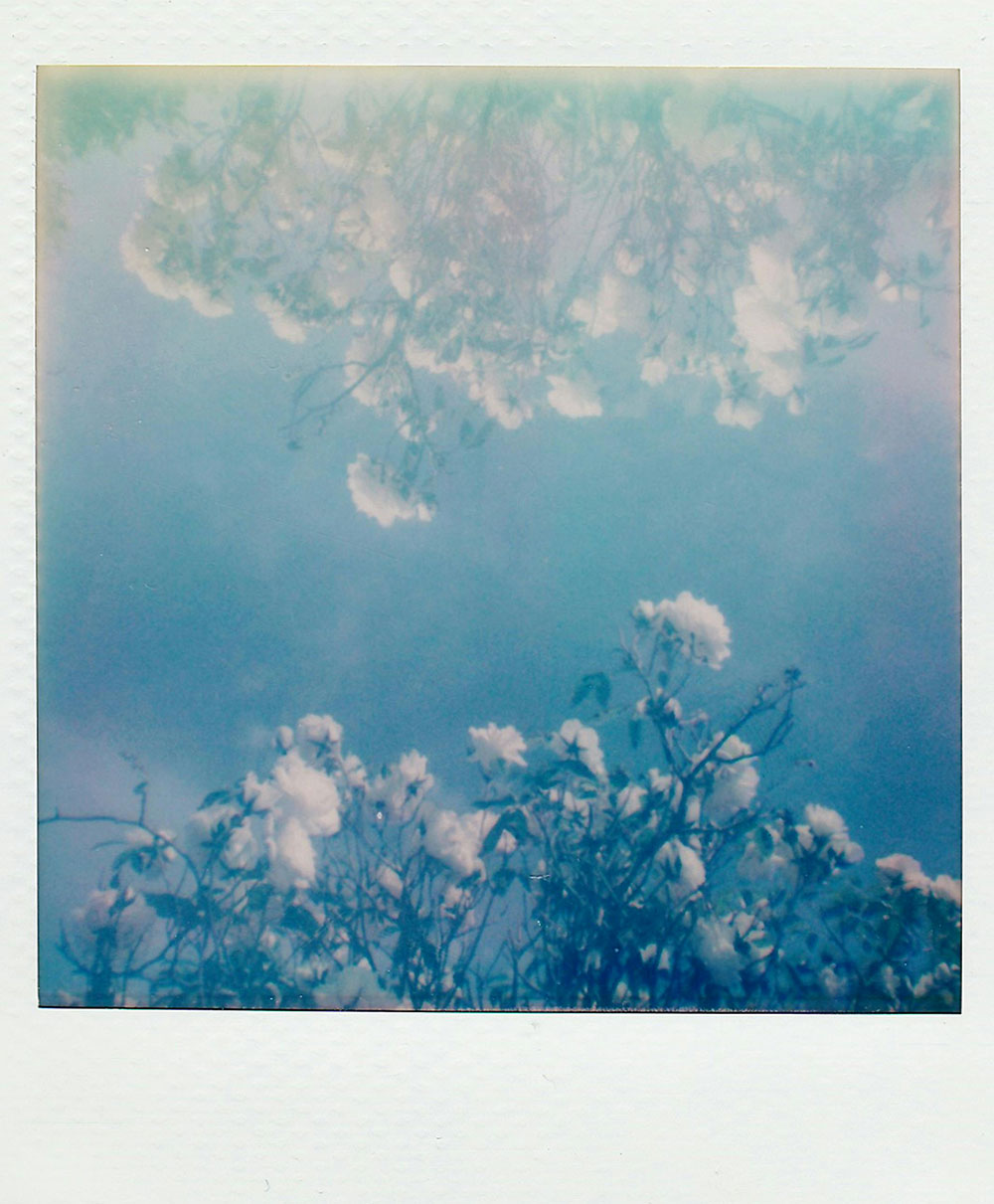
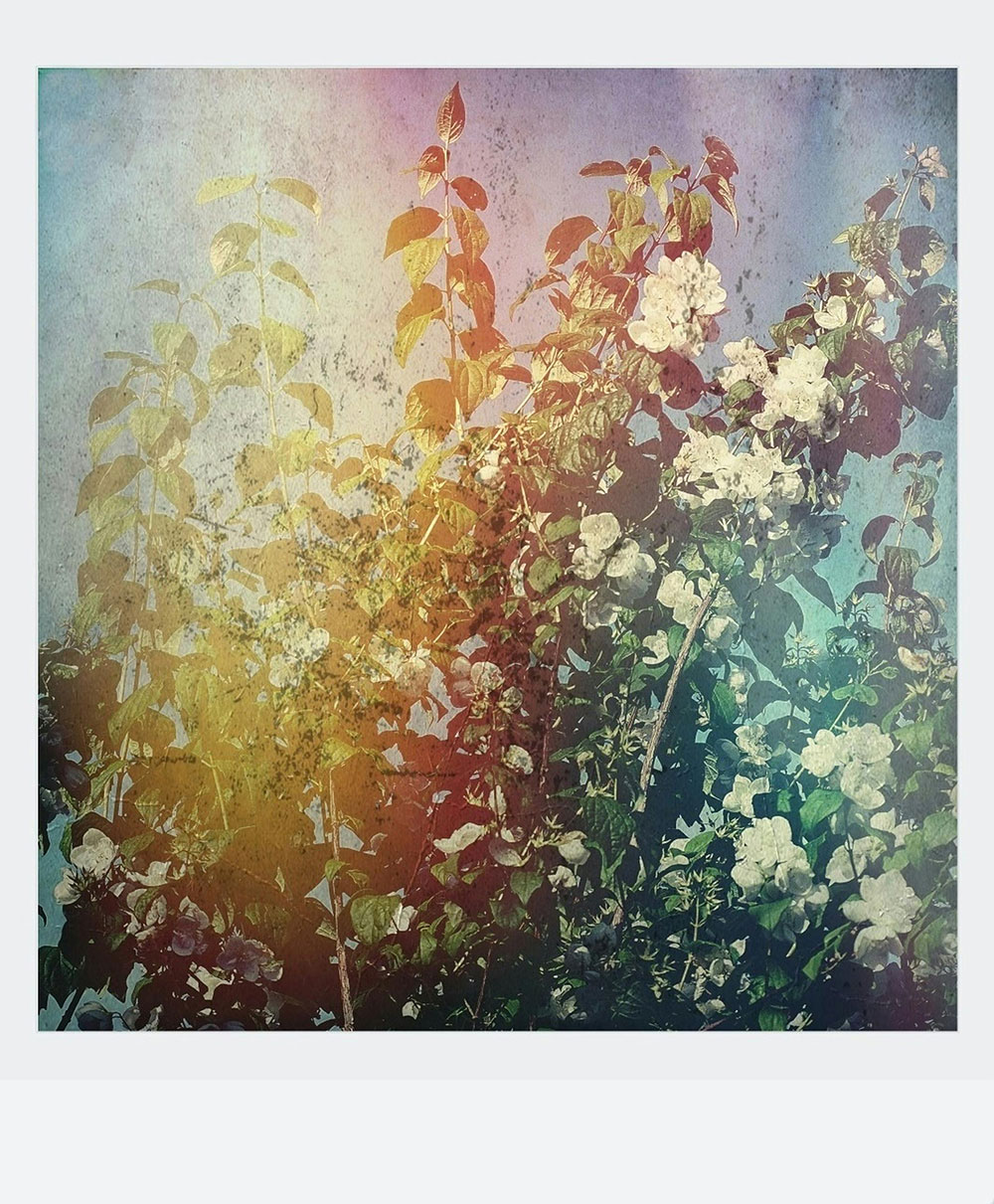
You might be comparing Polaroid film to modern instant digital cameras like the Fujifilm Instax Mini Evo or the Canon Ivy CLIQ+. These cameras come with added features—like digital previews, built-in filters, and the option to print only the shots you like. That makes them more “practical” when it comes to saving film and avoiding wasted prints. If you’re curious how they stack up, we break it all down in our Polaroid vs Instax cameras comparison guide.
But here’s the thing: Polaroid is a whole different vibe. With Polaroid film, there are no do-overs. No editing. No screen to preview your shot. You press the shutter, and that moment is captured—flaws and all. That unpredictability and honesty are what give each photo its soul.
If you love the idea of physical prints but want the flexibility of digital, the Polaroid Lab might be your perfect middle ground. It turns images from your phone into real Polaroid film prints using light exposure, not ink, so the result looks and feels like a true instant photo. It’s a cool way to bring your favorite digital shots into the analog world.
Creative Ways to Use Polaroid Camera Film
Beyond casual snapshots, Polaroid camera film for creative projects has become a favorite tool for artists, designers, musicians, and photographers. Its raw, unfiltered look brings an emotional, handmade feel that’s hard to replicate digitally. People are using Polaroids in everything from indie zines to gallery exhibits, and even in professional work like album covers and promo visuals. The square format and unpredictable results add a personal touch that fits well with modern storytelling. If you’re deciding which instant camera system to go with, this Instax or Polaroid comparison breaks down the key differences and helps you choose what fits your creative flow best.
In the music world, Polaroid prints are often used to build storyboards for music videos, helping visualize mood and aesthetic before filming starts. At weddings, some couples skip the traditional guestbook and ask friends to snap Polaroids and leave a note, creating a keepsake that feels way more alive. Street photographers are building portfolios filled with instant shots, turning them into print books or analog slide shows. Behind the scenes, creators use Polaroids for moodboards, pinning shots on studio walls for inspiration and direction. Even daily journaling has become more tactile, with people taping instant prints into notebooks alongside handwritten notes.
And when it comes to gifting, nothing feels as personal as handing someone a freshly developed Polaroid you just took of them. It’s real, it’s one-of-a-kind, and way more special than a quick AirDrop. Whether you’re using it to make art or just share a moment, Polaroid film adds a layer of intention and connection that stands out in a digital world.
How Long Does Polaroid Film Last?
When stored the right way, instant film for Polaroid cameras can last a surprisingly long time, both before and after you shoot it. Unopened packs should be kept in the fridge (not the freezer) to keep the chemicals stable. Just make sure to let the film warm up to room temperature before loading it into your camera, or you might get uneven development.
Once you’ve taken your shot, how you store the print also matters. Keep developed Polaroids out of direct sunlight and away from heat or moisture. High humidity can cause the image to blur or stick, and too much sun will fade the colors faster. The best place for your finished prints is in a cool, dry album or display area that doesn’t get blasted with UV light all day.
If you treat them well, Polaroid film prints can last for decades. Over time, they might show slight fading or a warm yellow tone, but that often adds to their nostalgic charm. Instead of chasing perfect preservation, many people enjoy the way old Polaroids age—it’s part of the format’s personality.
Displaying Your Shots
Once your photo has fully developed—usually within 10 to 15 minutes—you can start having fun with how you display it. This is where Polaroid camera film shines. Unlike digital images that sit forgotten in your phone’s camera roll, Polaroid prints beg to be out in the open, turning your memories into little pieces of daily inspiration.
One popular idea is to hang your prints on a string with mini wooden pegs. It’s simple, affordable, and instantly adds character to a room. Magnetic boards or metal grids also work great, letting you rearrange your shots anytime without damaging them. For travelers, taking Polaroids into journals is a nice way to document your trip with something tangible and visual.
You can also build a themed wall collage, grouping your Polaroids by vibe—black-and-white street shots, moody portraits, or sunny vacation snaps. If you want something more low-key, pop a few favorites into acrylic desk frames to keep those moments close while you work.
Ready to get started? Browse our top instant camera picks or dive into more film photography tips.
*This post contains affiliate links. If you purchase through these links, I may earn a small commission at no extra cost to you. This helps support the site and allows me to continue sharing helpful tips. Thank you for your support!




